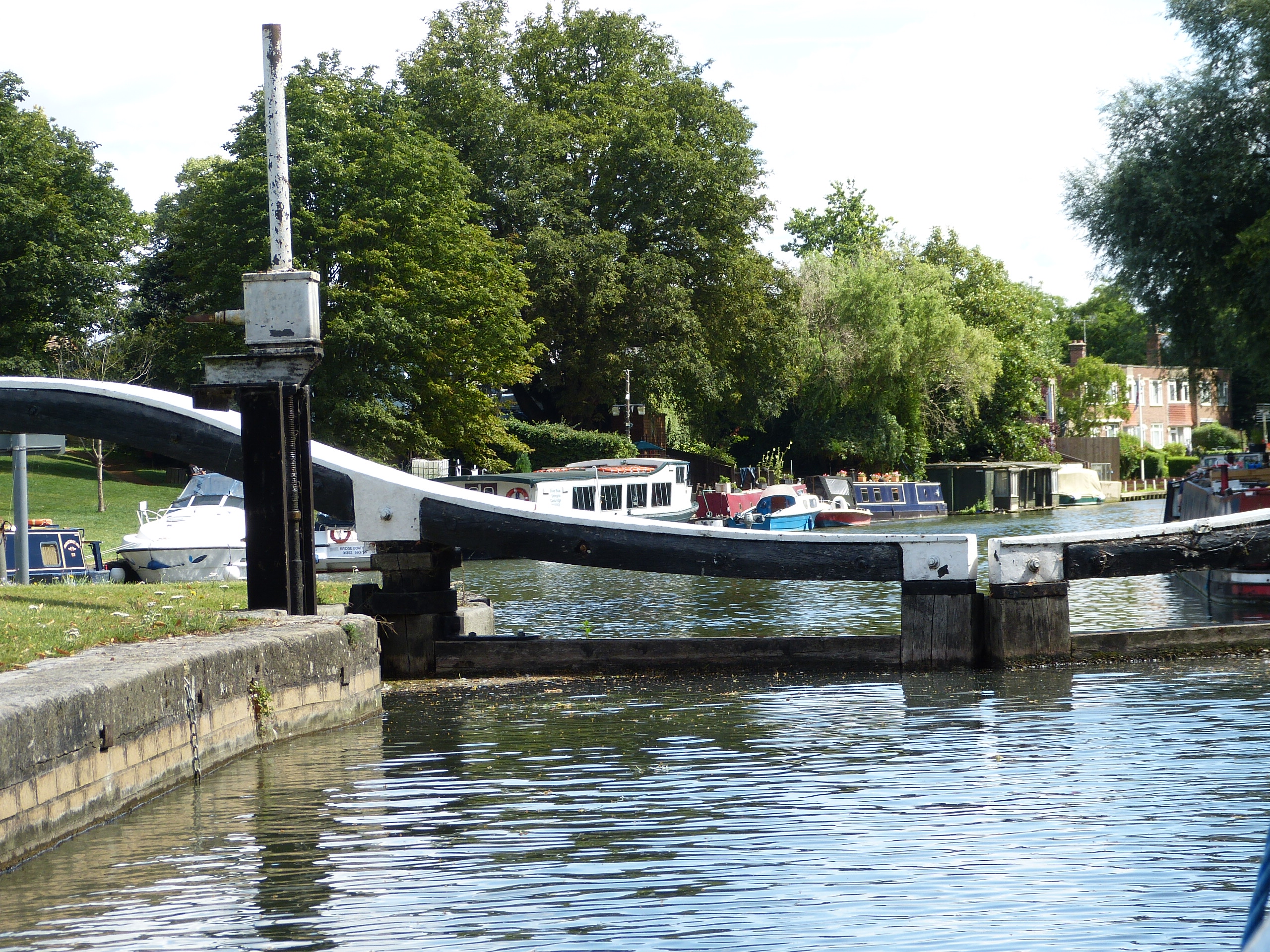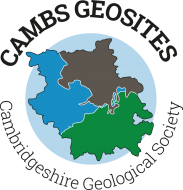Three walks:
The first three walks on the Trail between Cambridge and Isleham (the Suffolk border).
1 (22) Cambridge (Sedgwick Museum) to Fen Ditton – published
Download Walk Guide below
2 (23) Fen Ditton to Fulbourn – being developed, provisional route shown
3 (24) Fulbourn to Stow cum Quy – being developed, provisional route shown



WALK 1 (22): Cambridge to Fen Ditton
DOWNLOAD WALK GUIDE
‘I love the mix on this walk…..the history, the landscape, especially the river’
The route: ‘from revolutionary science to riverside meadows’
4.1 miles (6.6 km) Walking guide time 2hrs 40 mins plus stops
This walk, on the southern limit of the Fen Edge, takes you from the centre of Cambridge, one of England’s most iconic cities, through characteristic water meadows to the riverside village of Fen Ditton. Starting at the famous Sedgwick Museum of Earth Sciences and with a short visit to the University of Cambridge Museum of Zoology, you pass the buildings that have witnessed some of the most remarkable work in the history of science from Darwin’s studies to Crick and Watson’s discovery of DNA.
Both museums hold internationally important specimens and are worth extended visits themselves and the Sedgwick has published a Geology Trail featuring many of the building stones in the city.
One of the other highlights of this walk to Fen Ditton is the journey along the River Cam. Rising from chalk springs in the hills to the south of the city, this important river flows north to join the River Ouse on its course to the Wash. The river has been the life-blood of Cambridge since its first settlements, providing food and transport and acting as a military boundary. Trade with the outside world via the North Sea allowed this ’fenland town’ to grow and flourish. Today the wharves and jetties have been replaced with beautiful gardens, punt stations and boathouses but the river is just as vital to the life of the city as ever, winding between historic college buildings and famous for its rowing and punting.
This walk, on the southern limit of the Fen Edge, takes you from the centre of Cambridge, one of England’s most iconic cities, through characteristic water meadows to the riverside village of Fen Ditton. Starting at the famous Sedgwick Museum of Earth Sciences and with a short visit to the University of Cambridge Museum of Zoology, you pass the buildings that have witnessed some of the most remarkable work in the history of science from Darwin’s studies to Crick and Watson’s discovery of DNA.
Both museums hold internationally important specimens and are worth extended visits themselves and the Sedgwick has published a Geology Trail featuring many of the building stones in the city.
One of the other highlights of this walk to Fen Ditton is the journey along the River Cam. Rising from chalk springs in the hills to the south of the city, this important river flows north to join the River Ouse on its course to the Wash. The river has been the life-blood of Cambridge since its first settlements, providing food and transport and acting as a military boundary. Trade with the outside world via the North Sea allowed this ’fenland town’ to grow and flourish. Today the wharves and jetties have been replaced with beautiful gardens, punt stations and boathouses but the river is just as vital to the life of the city as ever, winding between historic college buildings and famous for its rowing and punting.








WALKS 2 (23) & 3 (24): Fen Ditton to Fulbourn
and Fulbourn to Stow cum Quy
These 2 walks are being developed
The routes shown above are provisional only. There are a number of landscape features and places of historical interest in the area and many of these will be included on the walks. The route of the first walk is almost entirely over the West Melbury Marly Chalk, which is very clay-rich and has led to the land being called ‘gault’ due to its similarity to the true Gault Clay which occurs further north and west. A few small water channels, such as the Caudle Ditch, flow across the area, on their way to join, eventually, the River Cam to the north. You pass through the small village of Teversham. Only at the end of the walk, in Fulbourn, does the geology change to a younger part of the Chalk Formation, the Zig Zag Chalk. The second walk will take you back onto the Marly Chalk and then onto the gravel of the River Terraces of the Cam as you go north. Passing across an area of Peat at Teversham Fen, you finish the walk on the river gravels once again. You pass near to Fleam Dyke and to Fulbourn Fen Nature Reserve, both of which can be visited by a short detour.


© Cambridgeshire Geological Society





